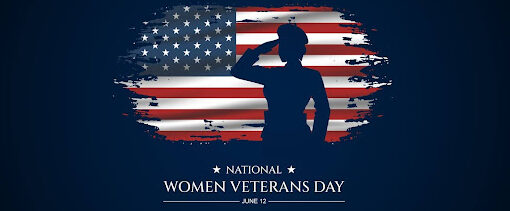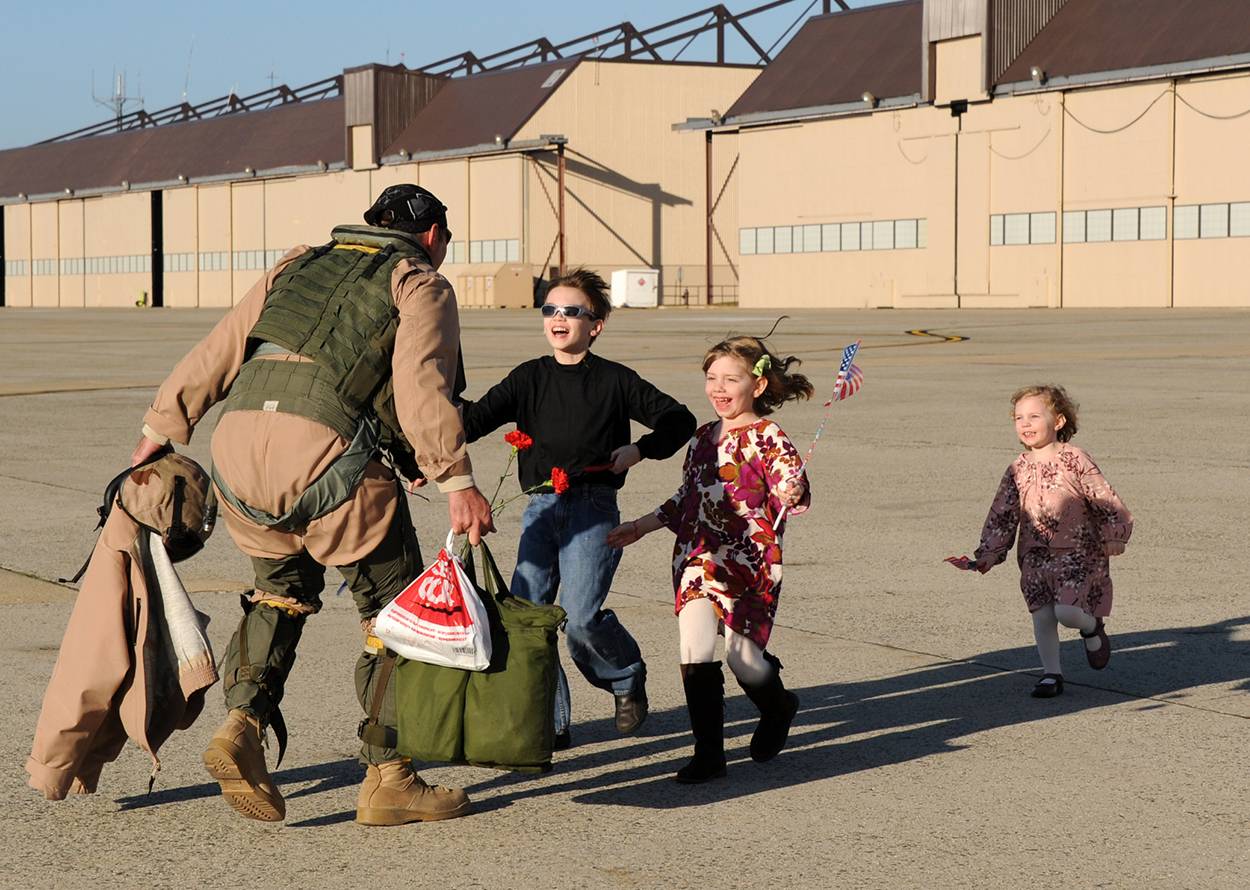Women Veterans Day is a significant observance dedicated to honoring the contributions and sacrifices of female service members. This day finds its roots in the Women’s Armed Services Integration Act, signed into law on June 12, 1948, which allowed women to serve as permanent, regular members of the armed forces. By celebrating Women Veterans Day, we recognize the profound legacy of women in the military, acknowledging their enduring service and heroism.
The Historical Journey of Women in the Military
The history of women in the military showcases their resilience, courage, and evolving roles—from providing auxiliary support to becoming integral members of the armed forces. Significant milestones highlight this journey, demonstrating increasing recognition and inclusion of women in military service. If you’re wondering when women were allowed to join the military, we’ll explore these pivotal moments that eventually led to their full integration as regular members of the armed forces.
Revolutionary War (1775-1783)
During the Revolutionary War, women served primarily as nurses, cooks, and laundresses. Although they were not allowed to enlist formally, many disguised themselves as men to fight alongside their male counterparts, demonstrating their unwavering commitment to the cause of independence.
Civil War (1861-1865)
In the Civil War, women again played crucial support roles, with over 400 women disguising themselves as men to serve as soldiers. Women like Clara Barton, who later founded the American Red Cross, emerged as prominent figures for their contributions to nursing and battlefield care.
World War I (1914-1918) and 1939-1945)
World War I saw the establishment of the Army Nurse Corps and the Navy Nurse Corps, officially integrating women into the military in healthcare roles. Over 33,000 women served in various capacities, including as telephone operators known as “Hello Girls,” who were essential in ensuring communication on the front lines.
World War II
World War II marked a significant turning point, with over 350,000 women serving in the armed forces through organizations such as the Women’s Army Corps (WAC), the Women Airforce Service Pilots (WASP), and the Navy’s Women Accepted for Volunteer Emergency Service (WAVES). Women took on roles ranging from pilots and mechanics to intelligence officers, greatly expanding their participation and demonstrating their capability in traditionally male-dominated fields.
Korean War
During the Korean War, women continued to serve in the Army Nurse Corps and other support roles. Their contributions were vital in providing medical care and support to wounded soldiers, solidifying their presence in the military.
Vietnam War
In the Vietnam War, approximately 11,000 women served, primarily as nurses. They faced the harsh realities of combat zones, with many receiving commendations for their bravery and service. This era highlighted the need for further integration and recognition of women’s contributions.
1980-90´s
The 1980s and 1990s saw significant legislative changes that further integrated women into the military. The 1991 repeal of the combat exclusion law allowed women to serve in combat roles, paving the way for greater opportunities and recognition. The Gulf War demonstrated women’s capability and resilience, with over 40,000 women deployed in various roles.
The Women’s Armed Services Integration Act of 1948 was a landmark piece of legislation that allowed women to serve as permanent, regular members of the armed forces, ending the temporary and auxiliary status they had held during previous conflicts. This act set the stage for subsequent advancements and integration, enabling women to pursue military careers and contribute fully to national defense.
Celebrating Achievements and Overcoming Barriers
Women in the military have made significant strides in roles and responsibilities, including the integration of women in combat roles following the repeal of the combat exclusion law in 1994. Despite these advancements, challenges such as gender bias and inequitable career opportunities persist. Efforts to promote diversity and address these issues continue at both state and national levels.
Various states, including California, Hawaii, Indiana, Kentucky, Michigan, New Jersey, New Mexico, New York, Ohio, Oregon, South Carolina, Tennessee, Texas, and Wisconsin, recognize Women Veterans Day with official days or resolutions. And now, efforts are ongoing to establish a federal national Women’s Veterans Day to honor their contributions and ensure their stories are celebrated nationwide.
Engaging with Women Veterans Day
Celebrate Women Veterans Day by participating in local events honoring their service. Look for activities such as parades, panel discussions, or volunteer opportunities at veterans’ organizations. Consider donating to charities supporting women veterans or attending virtual events that highlight their achievements and challenges.
Join social media campaigns to raise awareness and share stories of inspiring women veterans. Engaging in these activities not only honors their contributions but also promotes greater awareness and support for women who have served in the military.
Supporting Our Heroes with the Veteran Phone Application Program
The Veteran Phone Application program provides free phones and essential phone services to veterans, empowering them to stay connected, pursue opportunities, and access vital resources. This initiative is a lifeline for those who have served our country selflessly.
By contributing to this program, you can make a meaningful difference:
- Donate: Your generosity expands the reach of this crucial service, helping more veterans stay connected with their loved ones and communities.
- Volunteer: Join us in supporting veterans directly by offering your time and skills to enhance program operations and outreach efforts.
- Spread the Word: Share the impact of this program with others who can join us in honoring and supporting our veterans.
Visit our programs to learn how you can make a difference today. Together, let’s ensure our veterans have the tools they need to thrive and continue their journey with dignity and support.



